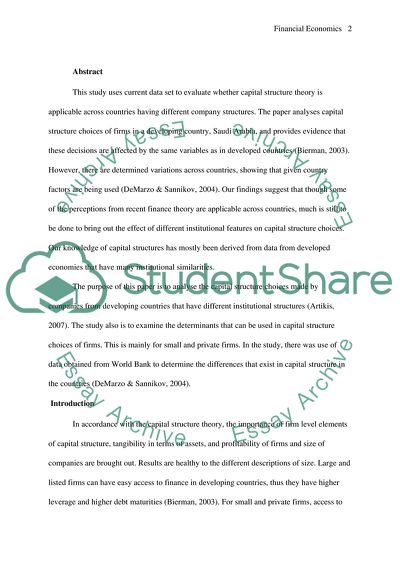Cite this document
(“Financial Economics Essay Example | Topics and Well Written Essays - 3250 words”, n.d.)
Financial Economics Essay Example | Topics and Well Written Essays - 3250 words. Retrieved from https://studentshare.org/finance-accounting/1689037-financial-economics
Financial Economics Essay Example | Topics and Well Written Essays - 3250 words. Retrieved from https://studentshare.org/finance-accounting/1689037-financial-economics
(Financial Economics Essay Example | Topics and Well Written Essays - 3250 Words)
Financial Economics Essay Example | Topics and Well Written Essays - 3250 Words. https://studentshare.org/finance-accounting/1689037-financial-economics.
Financial Economics Essay Example | Topics and Well Written Essays - 3250 Words. https://studentshare.org/finance-accounting/1689037-financial-economics.
“Financial Economics Essay Example | Topics and Well Written Essays - 3250 Words”, n.d. https://studentshare.org/finance-accounting/1689037-financial-economics.


